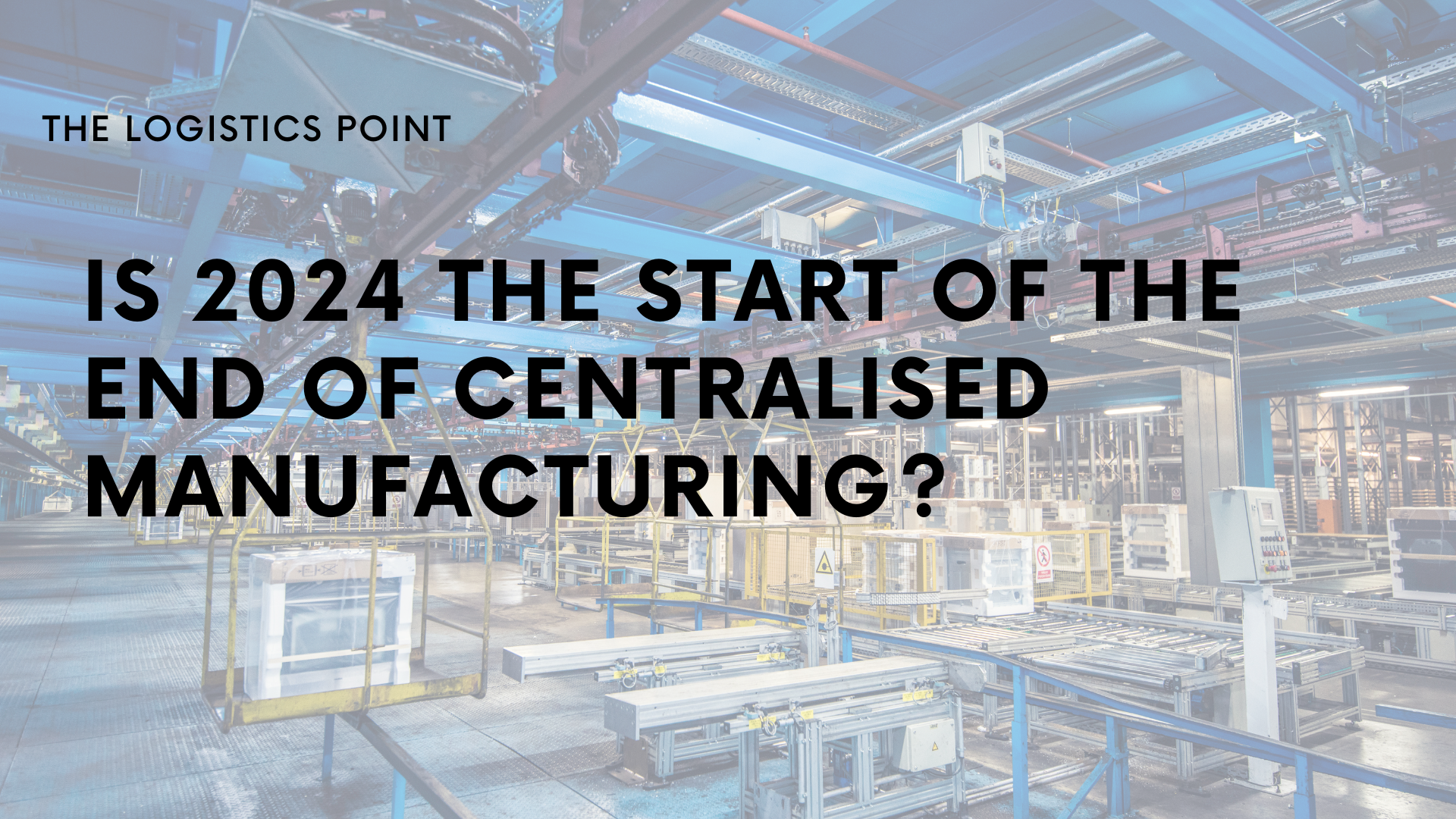More companies are diving into the world of additive manufacturing (AM), integrating it into their factory operations alongside traditional processes. This move enables immediate and cost-effective manufacturing on-demand, revolutionising production methods. Gesa Schneide, Markforged’s Central European manager, shares insights into the evolving landscape of AM and what’s on the horizon for the manufacturing sector.
More about what to expect in 2024 in our January magazine. Read it now!

“On-shore production and localised manufacturing practices are offering businesses greater flexibility, responsiveness, and resilience,” explains Gesa. This trend is expected to continue in the coming year, ushering in more dynamic manufacturing practices.
Additive technology is getting smarter with connected AM platforms, allowing machines to learn and adapt from each build. Advances in AI are addressing hardware issues with software solutions, opening new opportunities and challenges for AM.
Looking forward, we anticipate further integration of data-driven technologies such as sensors, analytics, and AI to boost the quality, reliability, and efficiency of AM processes and products. These data-empowered, Smart AM platforms act as a safety net against supply chain challenges and enhance part design for optimal performance and returns.
Challenges on the Horizon
Two key challenges impacting AM’s development are regulatory issues and tighter budgets. While standards bodies like ASTM have made strides in developing global AM-specific standards, clear guidelines, certifications, and quality assurance are still evolving. This poses risks and barriers to broad AM adoption, especially in industries like aerospace.
The new year may bring restricted budgets across industries, elevating the need for technologies to demonstrate return on investment (ROI). Highlighting benefits at the executive level and showcasing successes through proof of concept wins and case studies will help advance adoption rates.
Sustainability and ESG Focus
“AM’s role in local and on-demand manufacturing has potential to reduce both monetary and environmental costs,” Gesa notes. However, there’s more ground to cover.
The industry is exploring avenues to address sustainability concerns, contemplating the reuse of plastics from 3D printing processes, recycling production waste, and developing robust filament from recycled materials.



